Ah, drones. Once the exclusive domain of tech nerds, filmmakers, and real estate agents, these flying marvels have officially gone mainstream—and few companies have made them more accessible (and addicting) than DJI. I jumped into the drone game a while back with the DJI Mini 2, which was lightweight, compact, and surprisingly capable. But I’ve since upgraded to the DJI Mini 3 Pro—and let me tell you, this is not just a slight step forward.

The DJI Mini 3 Pro is the ultimate example of how “Mini” doesn’t mean “minimal.” It’s the Goldilocks of drones—small enough to fly under the FAA registration limit (under 250g), but powerful enough to go toe-to-toe with larger drones in the DJI lineup. Whether you’re new to aerial photography or a seasoned pilot looking for something travel-friendly without sacrificing features, this drone brings a lot to the table (or, well, the sky).
Features
Under 249g, but Overachieving
Let’s start with the headliner: the Mini 3 Pro still manages to squeak in under the 249g FAA threshold (no registration required in most regions), but this time it’s packing way more than its predecessor. Think of it as a chihuahua with the soul of a German Shepherd. You still get the foldable, ultra-portable design, but now it hides a serious camera, obstacle sensors, and a better battery setup.

A Serious Camera Upgrade
The Mini 2 had a respectable 12MP sensor. The Mini 3 Pro kicks things up with a 1/1.3-inch CMOS sensor, offering 48MP stills and 4K video at up to 60fps. The bigger sensor means better low-light performance, more dynamic range, and a crispness that makes even mundane neighborhood flyovers look cinematic. And yes, it still shoots in RAW for those of us who love post-processing more than flying.
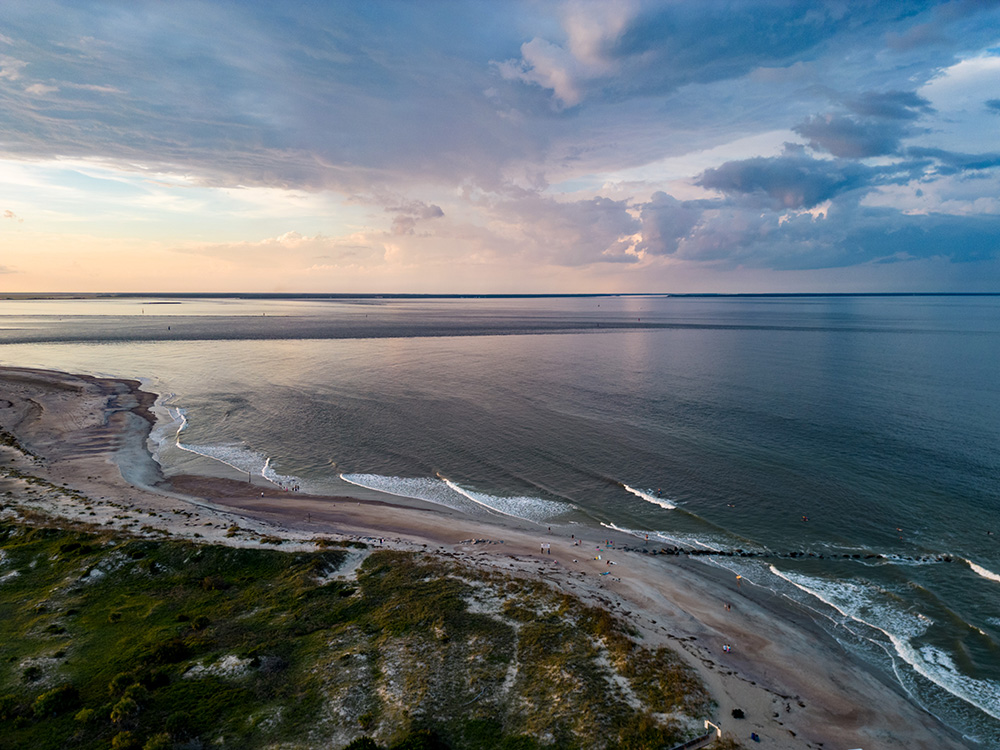
The best part? The gimbal rotates 90 degrees for true vertical shooting. Instagram Reels, TikToks, and stories just got a major visual upgrade.
Tri-Directional Obstacle Avoidance
This might be the biggest leap from the Mini 2. The Mini 3 Pro introduces forward, backward, and downward obstacle sensors—turning “oops I clipped a tree” into “wow, it dodged that branch like a ninja.” It’s not full 360-degree awareness like the Air 3 or Mavic 3, but it’s miles ahead of the Mini 2’s zero-sensor approach (RIP to that one flight into a palm tree).
New Controller Options
You’ve got two controller flavors: the traditional RC-N1 (which connects to your phone) or the new DJI RC with a built-in screen. I opted for the built-in screen, and it’s been a game-changer. I no longer have to fumble with cables or drain my iPhone battery mid-flight. It’s bright, responsive, and just feels premium.
Better Battery Life (and Options)
With the standard battery, you’ll get about 34 minutes of flight time, and up to 47 minutes with the “Intelligent Flight Battery Plus.” The Plus battery does push the drone slightly over 249g, so technically, it needs to be registered—but if you’re flying recreationally and want more airtime, it’s an easy swap.
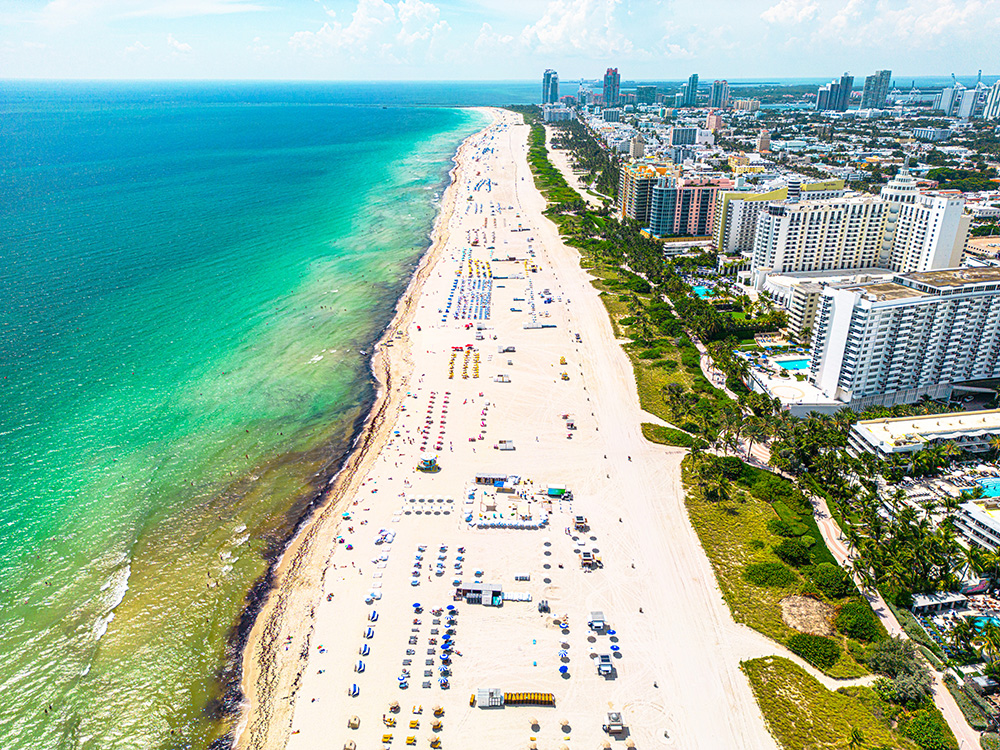
Performance
Video & Photo Quality
This is where the Mini 3 Pro earns its “Pro” badge. The footage is buttery smooth, color-accurate, and sharp, even at 4K/60fps. The D-Cinelike color profile gives you plenty of room for grading in post, and HDR video support adds some serious pop to your skies and landscapes. The dual native ISO improves low-light shots without turning everything into a noisy mess.
The photos are tack sharp, and the 48MP mode actually holds up—no gimmicks here. Whether you’re capturing beach sunrises, golden hour in the mountains, or just flexing your drone skills over the neighborhood, it delivers gallery-worthy shots every time.

Obstacle Avoidance & Flight Stability
There is a night and day difference from the Mini 2. The Mini 3 Pro handles wind better, holds altitude like a champ, and dodges trees with surprising intelligence. In normal mode, the sensors keep you safe without being too intrusive. Flip to Sport mode, and you lose some of that protection but gain serious speed and agility. It also seems quieter than the Mini 2—a subtle but welcome improvement.
Range & Signal
OcuSync 3.0 gives the Mini 3 Pro a rock-solid connection with up to 12km (7.5 miles) of range—though let’s be honest, you’re not flying that far (unless you want a lecture from the FAA). More importantly, it means fewer signal drops and hiccups when you’re navigating around buildings, trees, or interference-heavy areas.

Overall Experience
Flying the Mini 3 Pro feels less like playing with a toy and more like piloting a compact filmmaking rig. It’s confidence-inspiring, versatile, and beginner-friendly without being boring for advanced users. If the Mini 2 was “good enough” for casual flying and travel, the Mini 3 Pro is a serious creative tool that fits in your glove box.
The vertical shooting mode alone made me giddy, especially since I like to share quick edits on Instagram without having to crop 16:9 footage into 9:16 misery. It’s also nice to feel less anxious about crashing thanks to the obstacle avoidance system—I’m now flying lower, closer, and more creatively than I ever dared with the Mini 2.
And let’s talk about that controller with the built-in screen again: game-changer. It’s snappy, readable even in direct sun, and just makes spontaneous flying easier. No more battling phone notifications, rogue text messages, or screen dimming when trying to line up a perfect shot.
Battery life has also been solid. With the standard battery, I can comfortably take multiple flights on one charge, and when I need extra time, the Plus version gives me nearly 45 minutes in calm conditions.
Conclusion
Is the DJI Mini 3 Pro worth the upgrade from the Mini 2? In a word: absolutely.
It genuinely impressively bridges the gap between compact drone convenience and professional-level performance. Better camera, smarter flight, longer battery, vertical video, obstacle avoidance, and that sweet, sweet controller with a built-in screen all add up to a flying experience that’s a joy to use every single time.

Sure, the price tag is a bit steeper than the Mini 2, especially if you go for the upgraded controller and extra batteries. But when you consider what you’re getting—a drone that performs like a Mavic Air 2S-lite in a Mini body—it’s hard to argue with the value.
The DJI Mini 3 Pro proves you don’t need a massive drone to get massive results. If you’re looking for a travel-friendly, registration-free drone that doesn’t skimp on features or quality, this little guy should be at the top of your list.




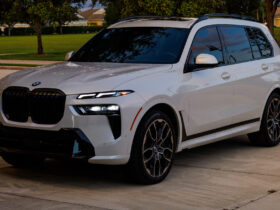
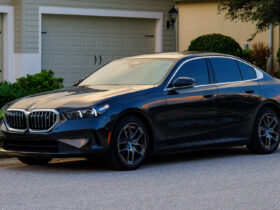










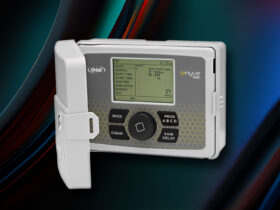
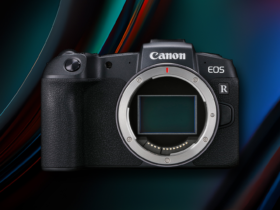









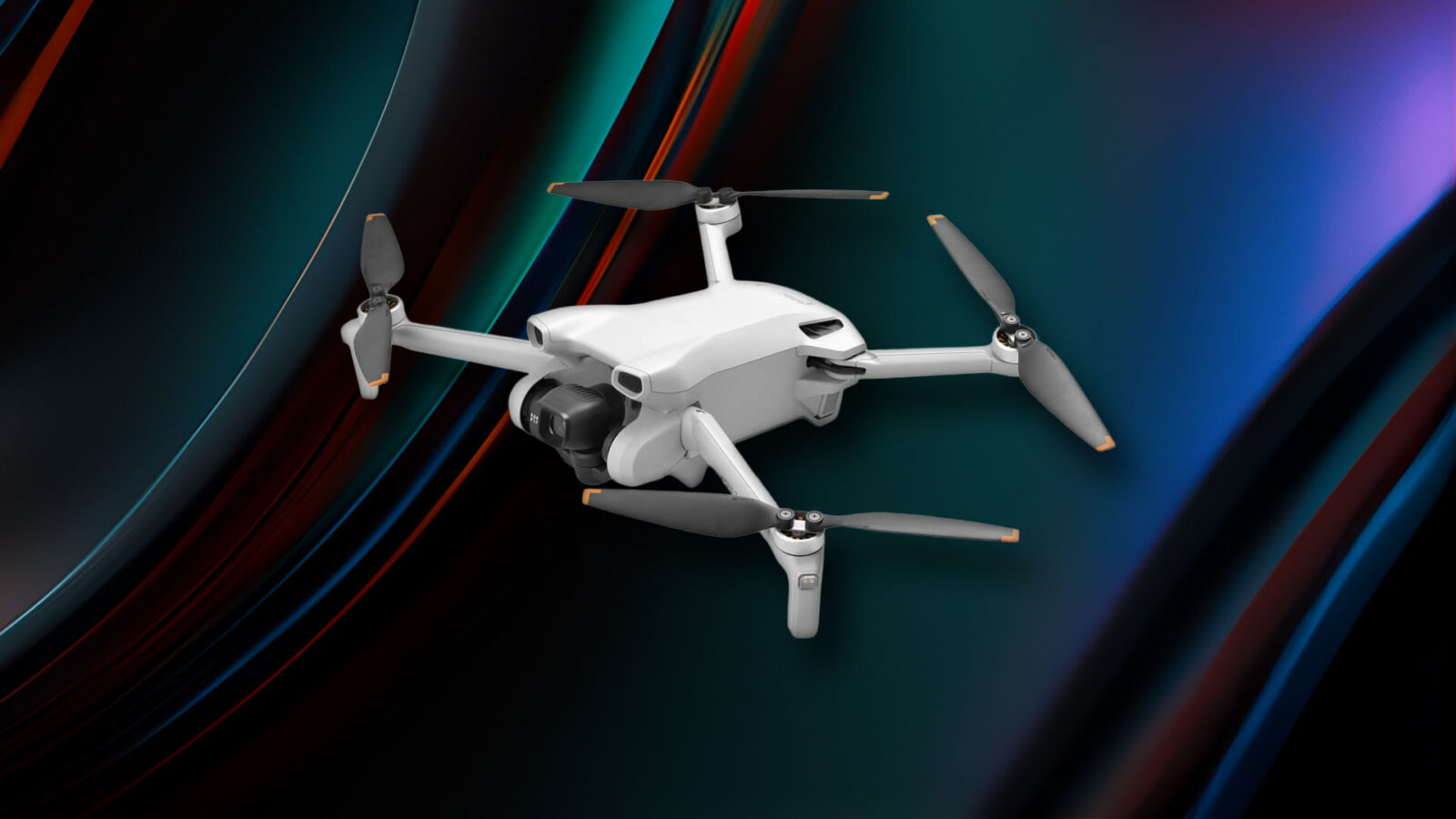


FOLLOW BRENDAN!